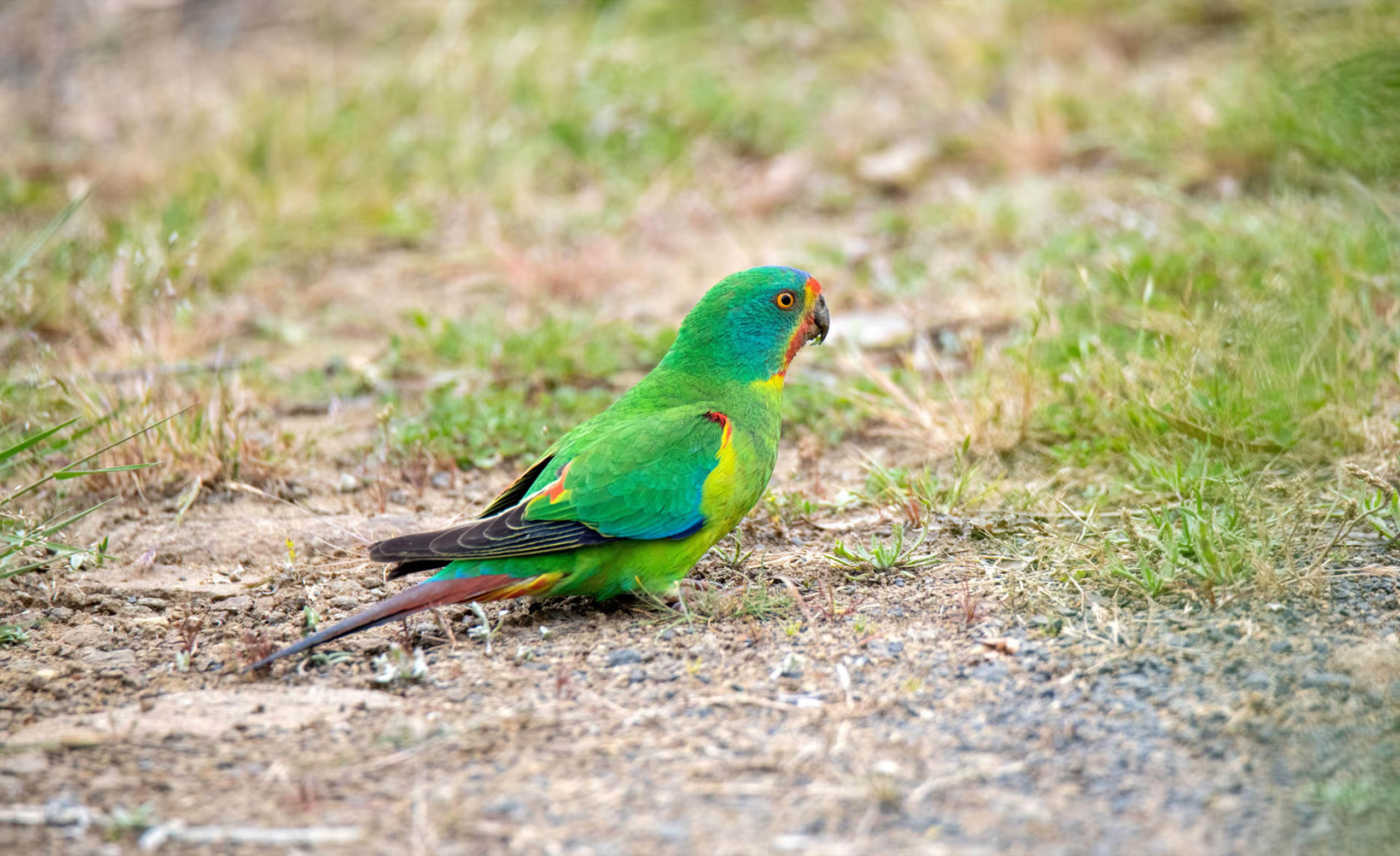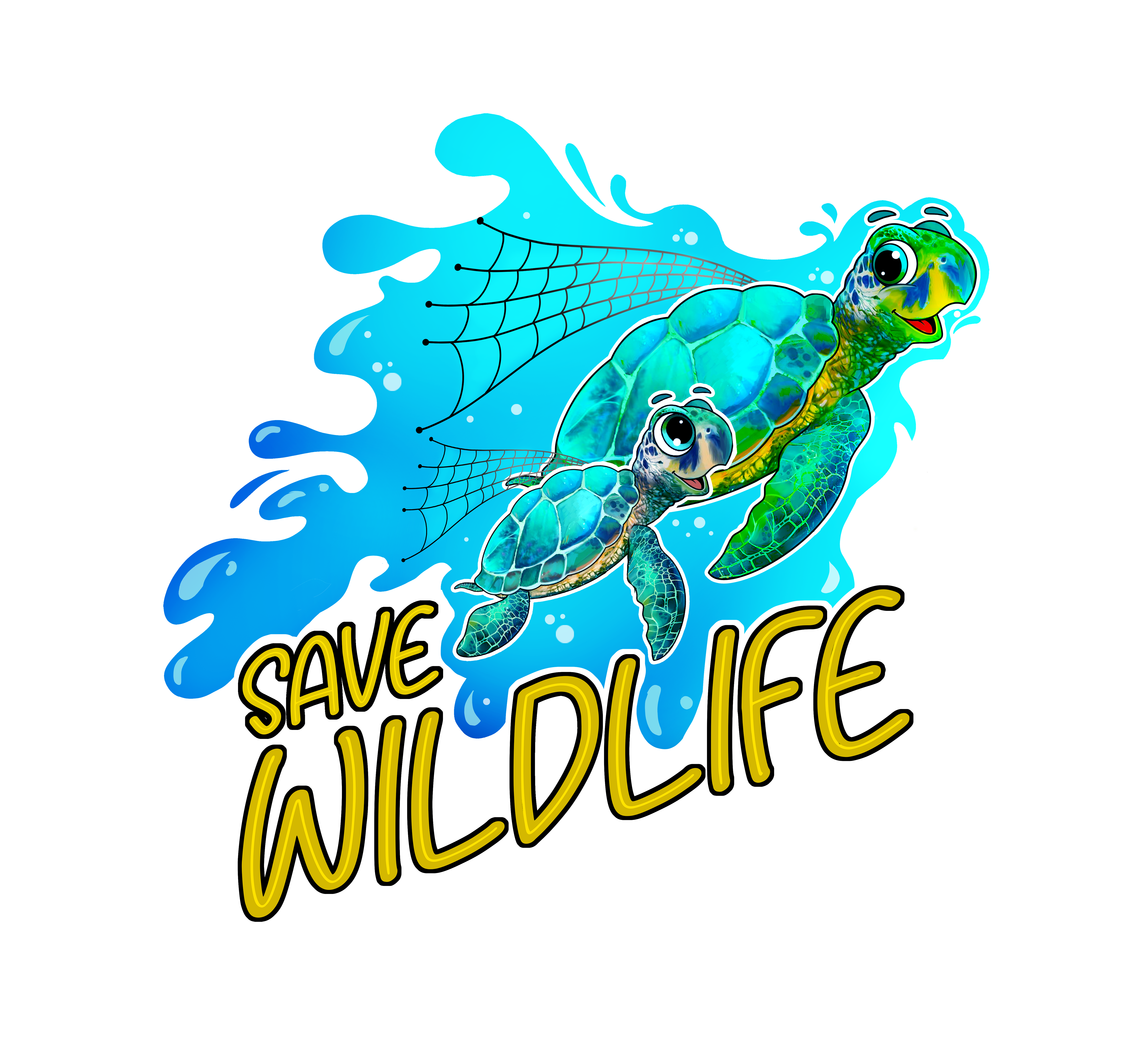
Swift Parrots: Conservation Efforts for Australia’s Songbirds
Australia is a land of diverse and unique wildlife, home to numerous species that capture the fascination of nature enthusiasts around the world. Among these remarkable creatures is the Swift Parrot, a vibrant and agile songbird that graces the skies of southeastern Australia. Despite their beauty and ecological importance, Swift Parrots face significant threats to their survival. In this blog post, we’ll explore the conservation efforts being undertaken to protect these enchanting songbirds and ensure their continued existence.
Table of Contents
The Swift Parrot: A Brief Overview
The Swift Parrot (Lathamus discolor) is a strikingly colorful bird, easily recognized by its bright green plumage, crimson forehead, and blue crown. This medium-sized parrot is known for its remarkable speed and agility in flight, earning its name “Swift Parrot.” Native to the forests of southeastern Australia, the Swift Parrot is a migratory species, traveling between Tasmania and the mainland each year.
Swift Parrots play a crucial role in their ecosystems as pollinators and seed dispersers. Their primary food source is the nectar from flowering eucalyptus trees, particularly the Blue Gum (Eucalyptus globulus) and the Swamp Gum (Eucalyptus ovata). Additionally, they feed on insects and lerps, which are sugary secretions from sap-sucking insects.
Threats to Swift Parrots
Despite their importance, Swift Parrots are facing an array of threats that have led to a dramatic decline in their population. The most significant of these threats include:
Habitat Loss
The destruction of their natural habitat is one of the primary reasons for the decline of Swift Parrots. Deforestation and land clearing for agriculture, urban development, and logging have resulted in the loss of crucial nesting and foraging sites. This habitat fragmentation makes it increasingly difficult for these birds to find suitable breeding and feeding areas.
Predation
Another major threat to Swift Parrots is predation by invasive species, particularly the Sugar Glider (Petaurus breviceps). Introduced to Tasmania, Sugar Gliders prey on Swift Parrot eggs and nestlings, causing significant harm to their breeding success. This predation pressure has further exacerbated the decline in Swift Parrot numbers.
Climate Change
Climate change poses an additional challenge for Swift Parrots. Changes in weather patterns and temperatures can affect the flowering of eucalyptus trees, which in turn impacts the availability of nectar, a vital food source for the parrots. Moreover, extreme weather events, such as storms and bushfires, can destroy their habitats and disrupt their migratory patterns.

Conservation Efforts
Recognizing the urgent need to protect Swift Parrots, various organizations and governmental bodies have initiated conservation programs aimed at mitigating the threats they face. These efforts are crucial in ensuring the survival of this species for future generations.
Habitat Restoration
One of the key conservation strategies is habitat restoration. Efforts are being made to protect and restore the native forests that Swift Parrots depend on. This includes reforestation projects, where native eucalyptus trees are planted to provide suitable nesting and foraging habitats. Additionally, land management practices are being implemented to minimize habitat destruction and fragmentation.
Predator Control
To address the issue of predation by Sugar Gliders, predator control programs have been established. These programs involve measures such as the removal of Sugar Gliders from key breeding sites and the installation of nest boxes that are designed to be inaccessible to these predators. By reducing predation pressure, these initiatives aim to improve the breeding success of Swift Parrots.
Research and Monitoring
Ongoing research and monitoring are essential components of Swift Parrot conservation efforts. Scientists and researchers are studying the behavior, population dynamics, and migration patterns of these birds to gain a better understanding of their needs and challenges. This information is used to inform conservation strategies and ensure that efforts are targeted and effective.
Public Awareness and Engagement
Raising public awareness about the plight of Swift Parrots is also a critical aspect of conservation. Educational campaigns and community engagement initiatives are being conducted to inform the public about the importance of protecting these birds and their habitats. By fostering a sense of stewardship and encouraging community involvement, conservation organizations hope to garner support for their efforts and inspire positive action.
Conclusion
The conservation of Swift Parrots is a multifaceted endeavor that requires collaboration and commitment from various stakeholders. While significant challenges remain, the ongoing efforts to protect and restore their habitats, control predators, and increase public awareness offer hope for the future of these magnificent songbirds. By working together, we can ensure that Swift Parrots continue to grace the skies of southeastern Australia and play their vital role in the ecosystem.
